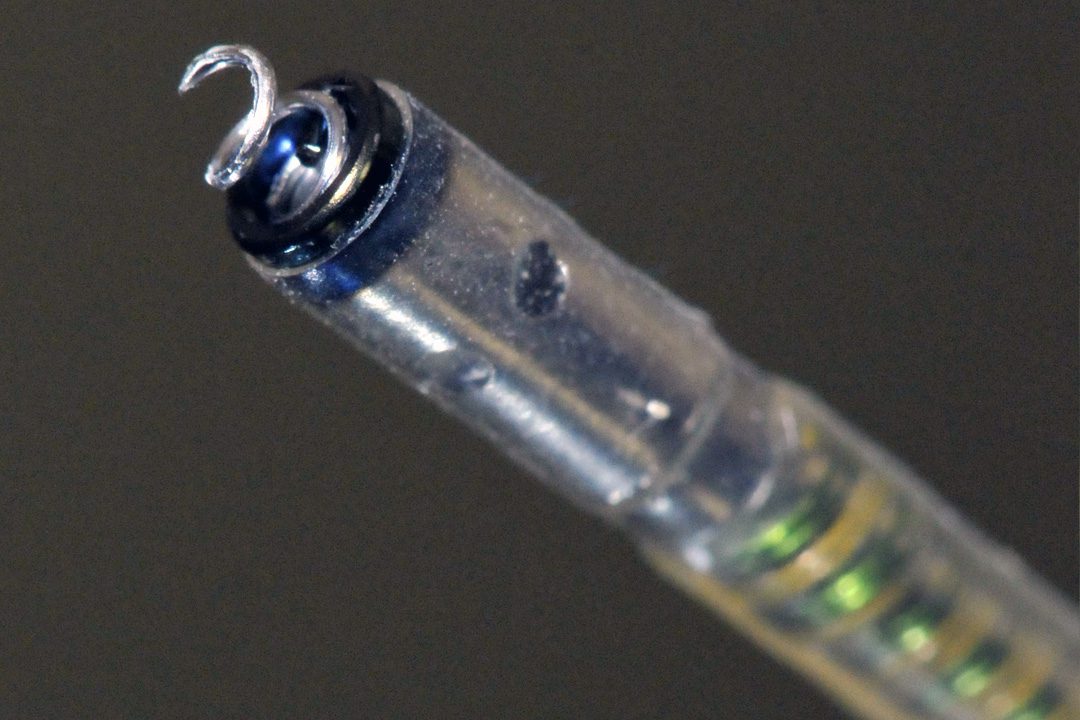Custom spring components are the invisible backbone of many medical device systems.
From compression spring assemblies in miniaturized pumps to tiny wire geometries in surgical tools, these high-quality, precision-engineered pieces made by a leading spring manufacturing specialist like Western Spring offer critical functionality in healthcare.
Springs are essential in maintaining force, storing energy, and enabling repeatable motion in small-scale devices. Despite their size, they have an outsized impact on patient outcomes and device reliability.
The Unseen Role of Springs in Medical Device Use
In the world of medical equipment, springs are used in spring-loaded device mechanisms across a wide range of applications—whether to maintain compression, regulate dosage in drug delivery pumps, or provide tactile feedback in surgical instruments.
For example, in insulin pumps, a custom compression spring stores and releases small, controlled doses. In implantable devices, they help regulate internal mechanisms. In surgical instruments, leaf springs or wire geometries ensure surgeons have precise control and consistent feel during procedures—vital in delicate operations.
These springs are rarely visible, but without them, critical medical devices could not function as intended.
Why Precision Engineering Matters in Medical Applications
Designing and manufacturing miniature components for medical devices demands extremely tight tolerances. Western Spring’s engineers tailor custom spring solutions to meet the specific needs of each application.
This often includes calculating spring force, life cycles, and fatigue resistance under repeated loads. Engineers must also account for chemical resistance during sterilization and ensure reliable performance despite high durability demands.
A spring that is too strong, too weak, or inconsistently manufactured could compromise the safety and functionality of the device it supports.
Material Selection for Miniature Medical Springs
Choosing the right material for each spring is essential, especially in the medical field where sterilization, chemical exposure, and biocompatibility are major concerns. Western Spring’s team uses a range of materials, including:
- Stainless steel: (302, 316, and 17‑7 PH) for their corrosion resistance and strength
- Specialty alloys like Elgiloy for excellent fatigue life
- Nitinol, a shape memory alloy ideal for flexible or actuating components
- Titanium for its lightweight and biocompatible properties
Each material is selected to ensure the spring performs reliably across a range of medical environments, including implantable applications and sterilized surgical tools.
The Challenges of Miniaturization in Spring Manufacturing
As medical devices become smaller and more sophisticated, the demand for miniature, precision springs continues to grow. But shrinking the size of a spring doesn’t reduce the complexity—it increases it.
Space limitations require springs to compress or extend in tight confines, while still producing accurate force. Microscopic stress concentrations can lead to early fatigue or failure if not carefully addressed.
Wire diameters can be as thin as a human hair, requiring advanced tools and delicate handling. Tolerances are often measured in microns, which means even a slight inconsistency can render a spring unusable.
Manufacturing Techniques That Meet Medical Demands
Manufacturing these tiny components requires advanced technology, precise tooling, and rigorous quality control. Western Spring utilizes micro-coiling CNC machines to produce compression springs with precise pitch and diameter control.
Precision wire forming is used to shape custom torsion, tension, and compression springs for exact fits in medical devices. Heat treatment and stress relief processes extend spring life and stabilize material properties.
In some cases, cleanroom manufacturing is required to ensure a contamination-free product for sensitive devices. Post-processing methods like passivation and electropolishing improve corrosion resistance and surface finish.
These techniques come together to meet the strict requirements of the medical industry while ensuring consistency across production batches.
Custom Solutions Built Around Your Medical Device
Western Spring partners with medical device manufacturers to provide custom spring solutions tailored to their design and performance goals. From concept to production, their team is hands-on throughout the process.
They offer rapid prototyping and testing to refine form, force, and fatigue performance. Validation includes load cycle testing, sterilization simulation, and stress analysis to support regulatory documentation.
Western Spring complies with ISO 9001 and ISO 13485 certifications to ensure medical-grade quality and traceability. Their engineers collaborate closely with clients on material selection, design specs, and production strategies.
You can learn more about these services through their custom spring services and spring manufacturing capabilities pages.
Small Components With Big Responsibilities
Springs may be among the smallest components in a medical device, but they often carry the greatest responsibility. A spring that fails under stress or delivers inconsistent force could disrupt treatment or compromise safety.
As medical technology advances, the importance of micro-sized components will continue to grow. Springs will play a central role in the next generation of wearable tech, robotic surgery, and minimally invasive devices.
Working with a trusted manufacturer like Western Spring ensures that your springs meet the specific application needs of modern medical design.
Contact Us for Custom Medical Spring Solutions
If you’re designing a medical device that requires reliable spring force in a miniature format, we have the expertise and tools to deliver.
Contact our team to get started with prototyping, or to learn more about custom spring applications in medical and electronic devices.
Visit the Western Spring contact page to connect with an engineer and get expert advice tailored to your project.

